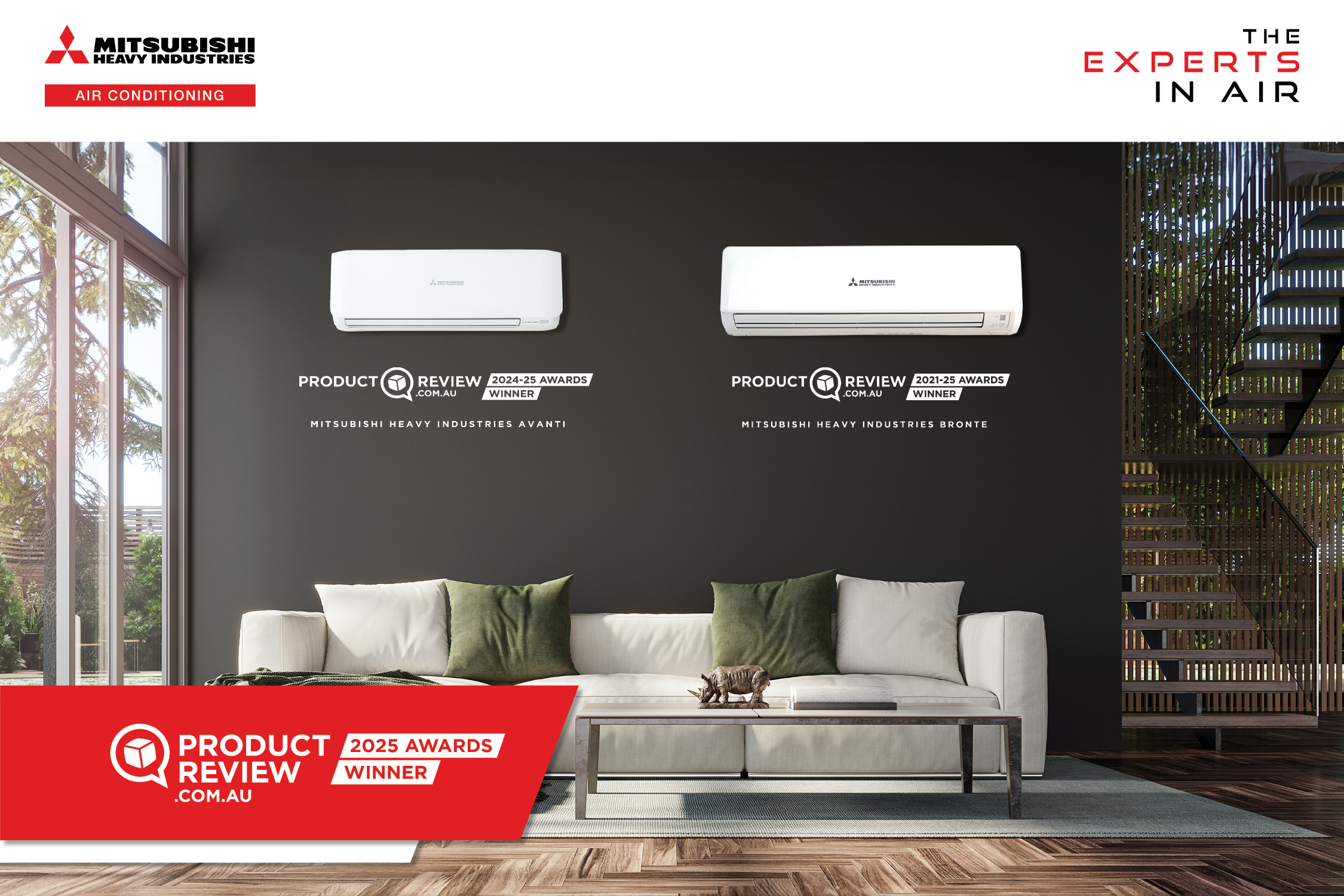By modifying a refrigerator commonly used in both research and industry, researchers at the National Institute of Standards and Technology (NIST) in the US have drastically reduced the time and energy required to cool materials to within a few degrees above absolute zero.
The scientists say their prototype device, which they are now working to commercialise with an industrial partner, could annually save an estimated 27 million watts of power, US$30 million in global electricity consumption, and enough cooling water to fill 5,000 Olympic swimming pools.
From stabilising qubits (the basic unit of information in a quantum computer) to maintaining the superconducting properties of materials and keeping NASA’s James Webb Space Telescope cool enough to observe the heavens, ultracold refrigeration is essential to the operation of many devices and sensors. For decades, the pulse tube refrigerator (PTR) has been the workhorse device for achieving temperatures as cold as the vacuum of outer space.
These refrigerators cyclically compress (heat) and expand (cool) high pressure helium gas to achieve the “big chill,” broadly analogous to the way a household refrigerator uses the transformation of freon from liquid to vapour to remove heat. For more than 40 years, the PTR has proven its reliability, but it is also power-hungry, consuming more electricity than any other component of an ultralow temperature experiment.
The need for ultracold refrigerators will greatly expand as research on quantum computing, along with its reliance on cryogenic technology, continues to grow. With this in mind, the modified PTR could save money, electrical energy, and cooling water. In addition to supporting a burgeoning quantum economy, the device would also expedite research, as scientists would no longer have to wait days or weeks for qubits and other quantum components to cool.
The researchers, who include scientists from the University of Colorado Boulder, describe their method in an article posted online April 23 in Nature Communications.



Leave a Reply to Mr. Sarfraj Lakhani Cancel reply